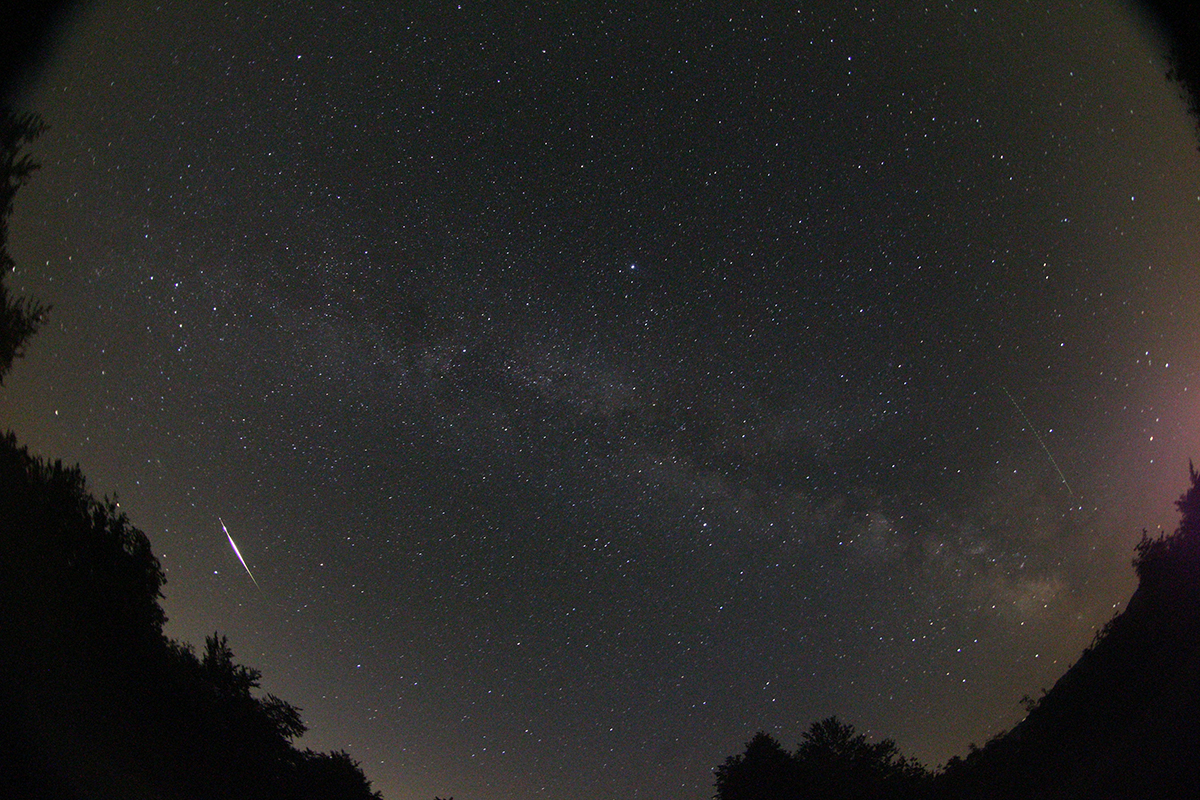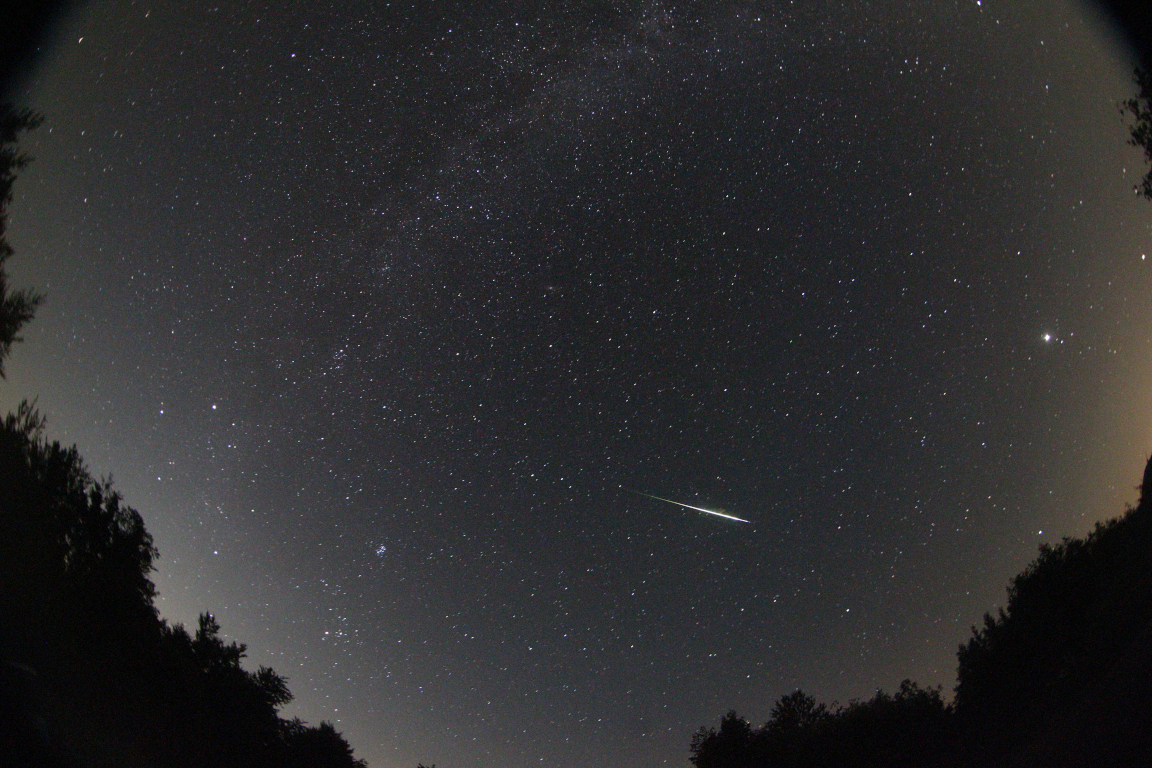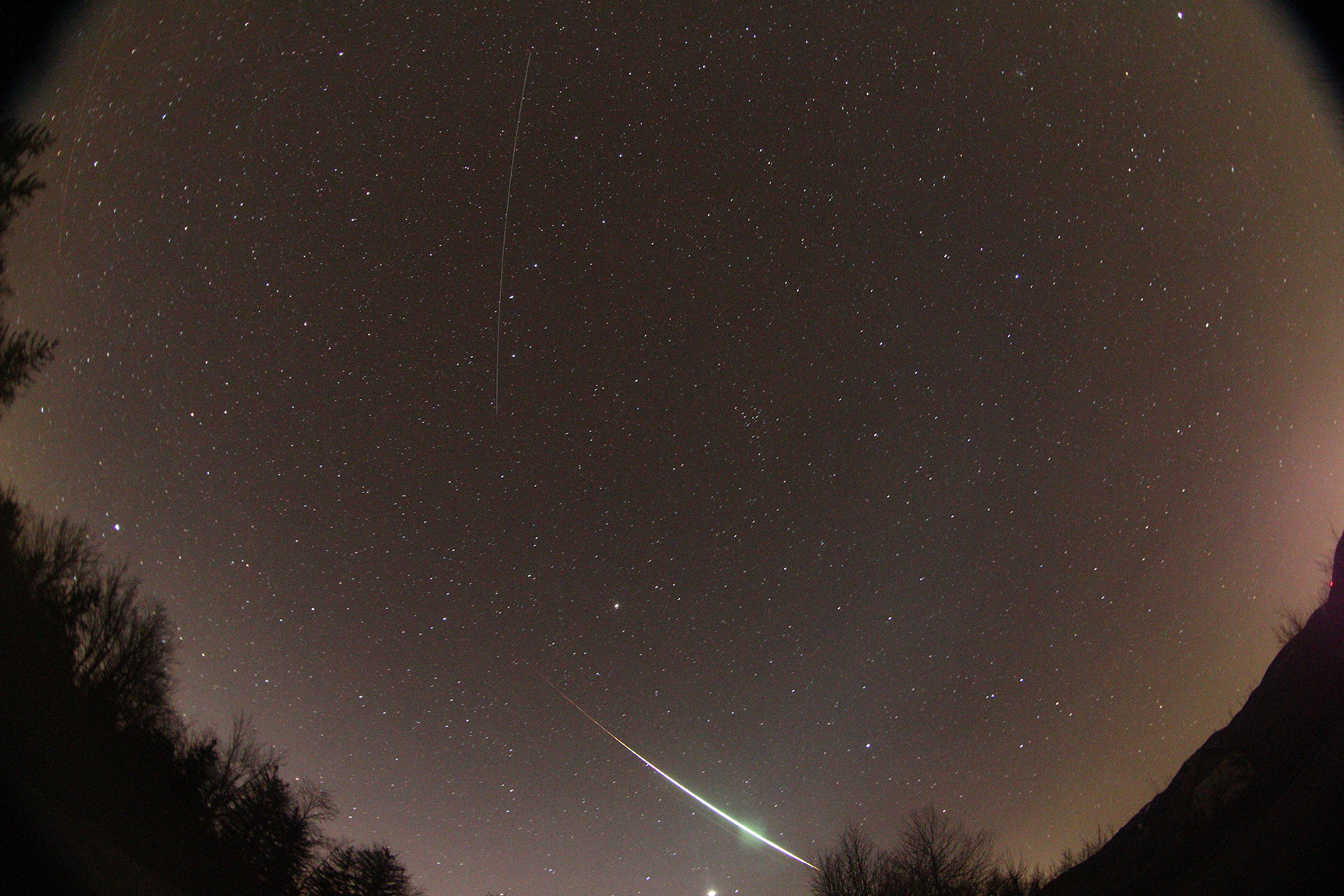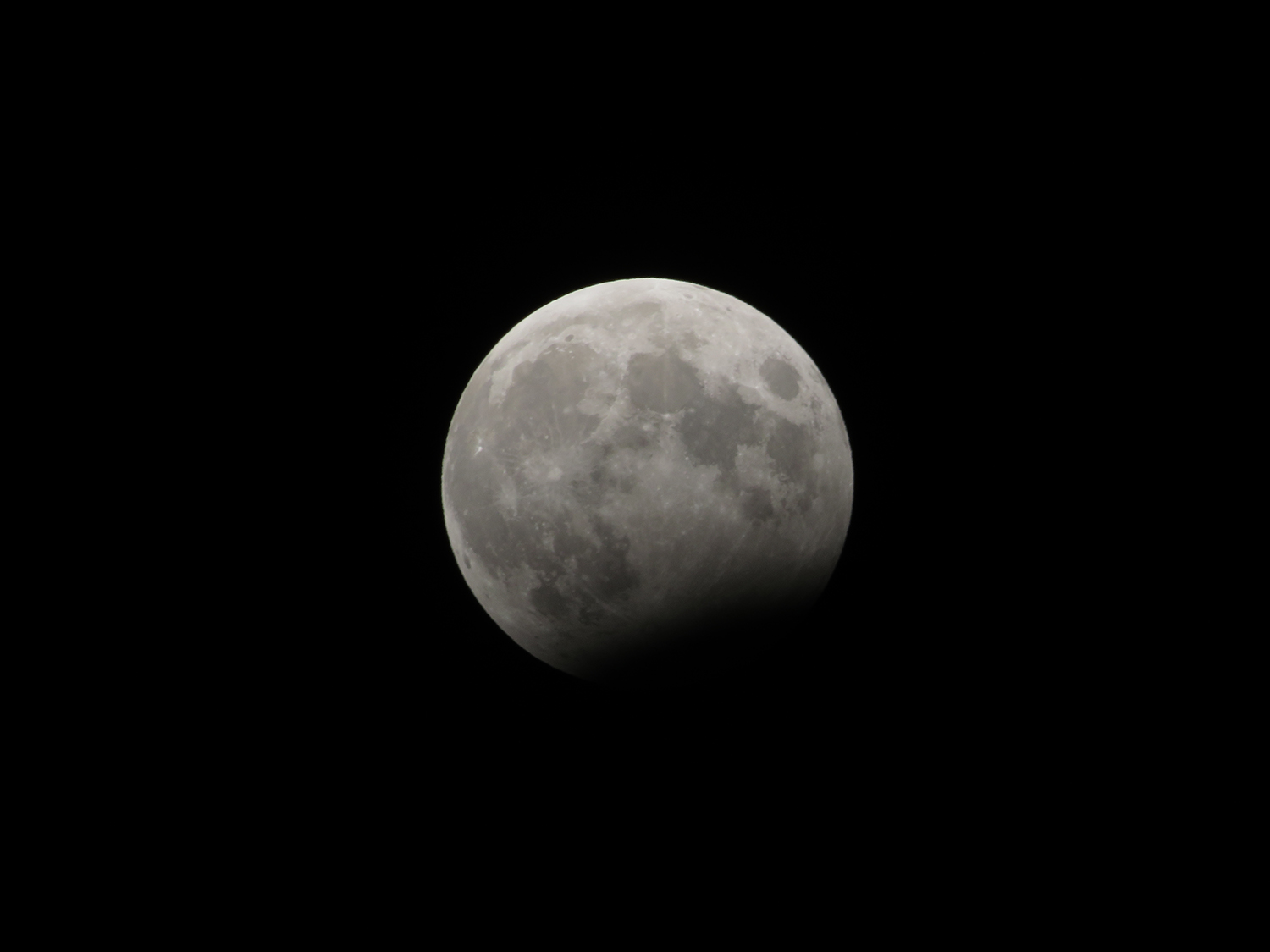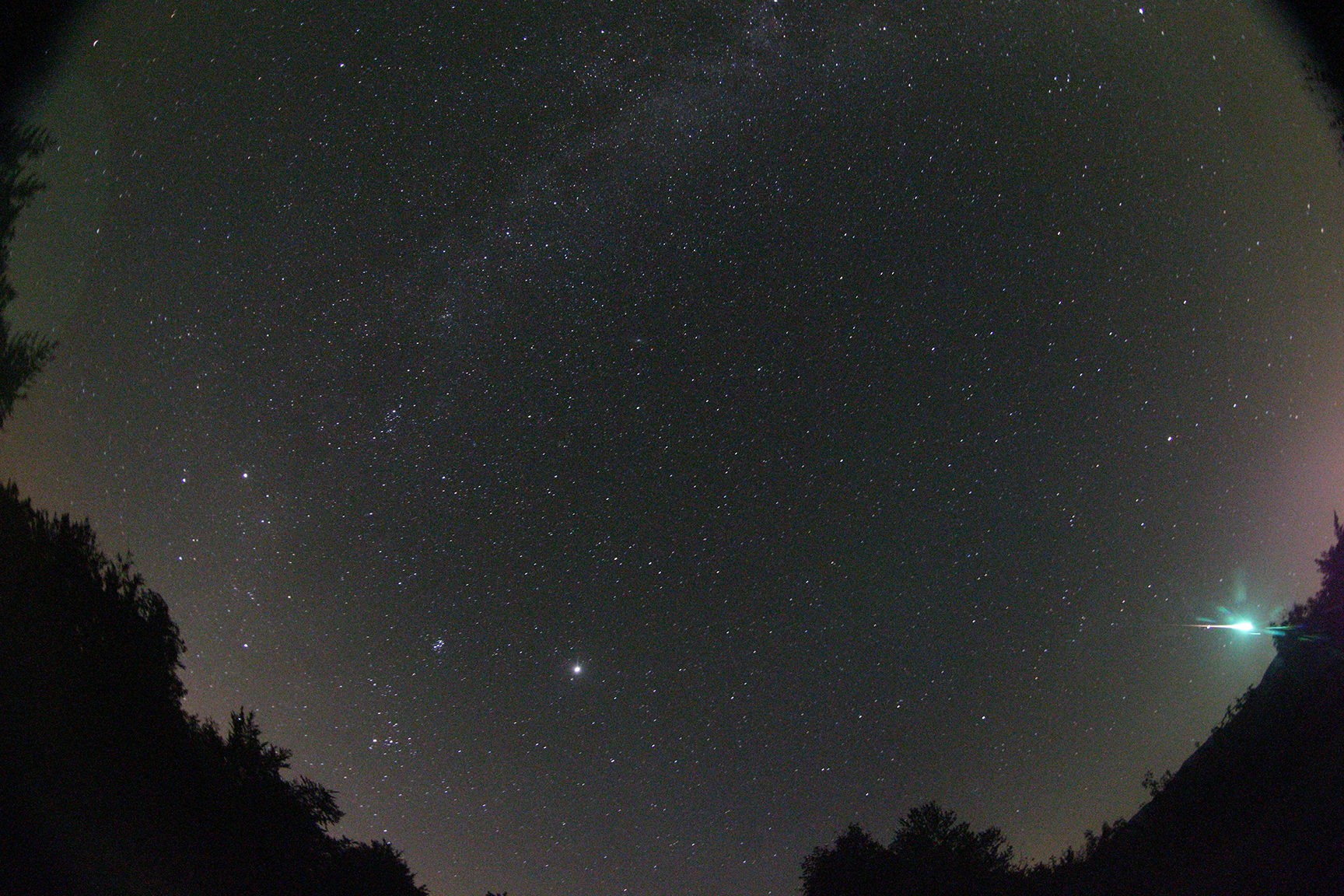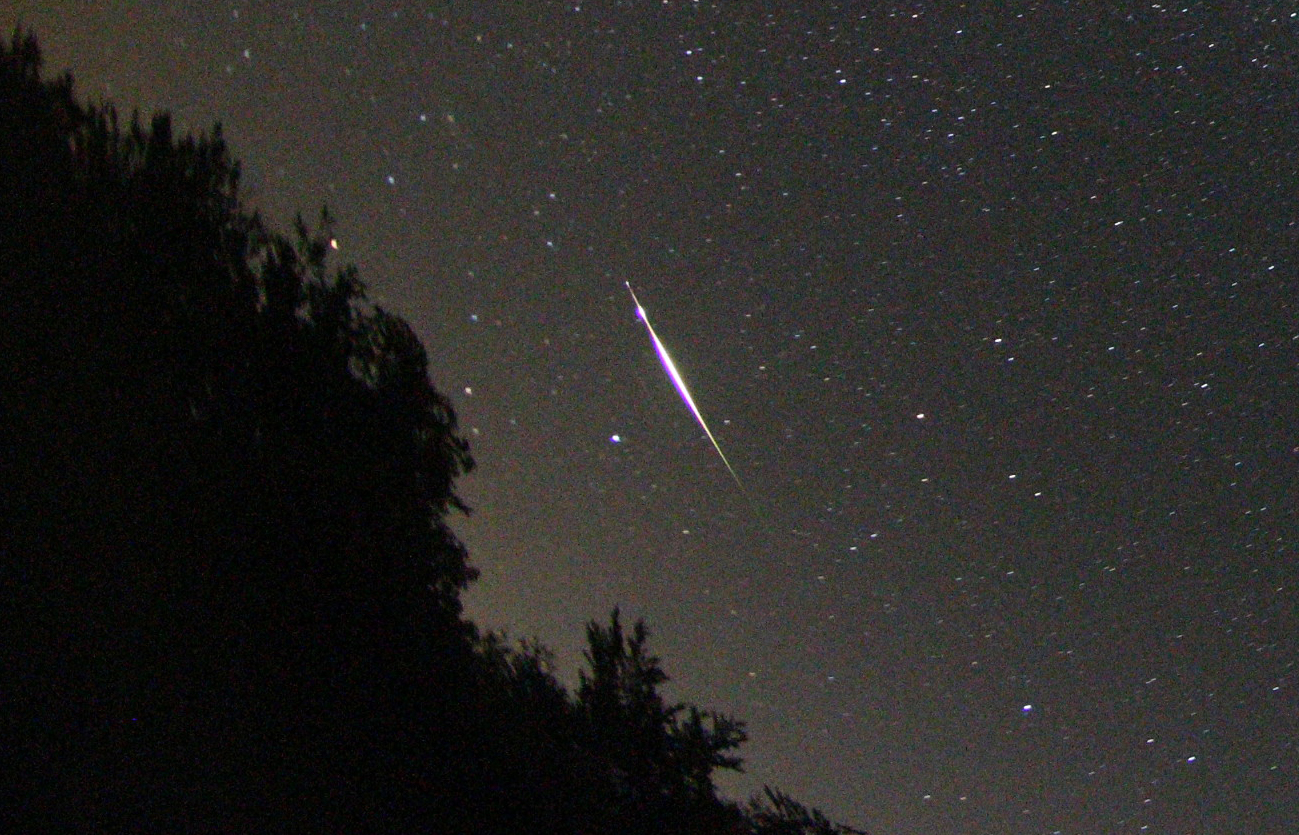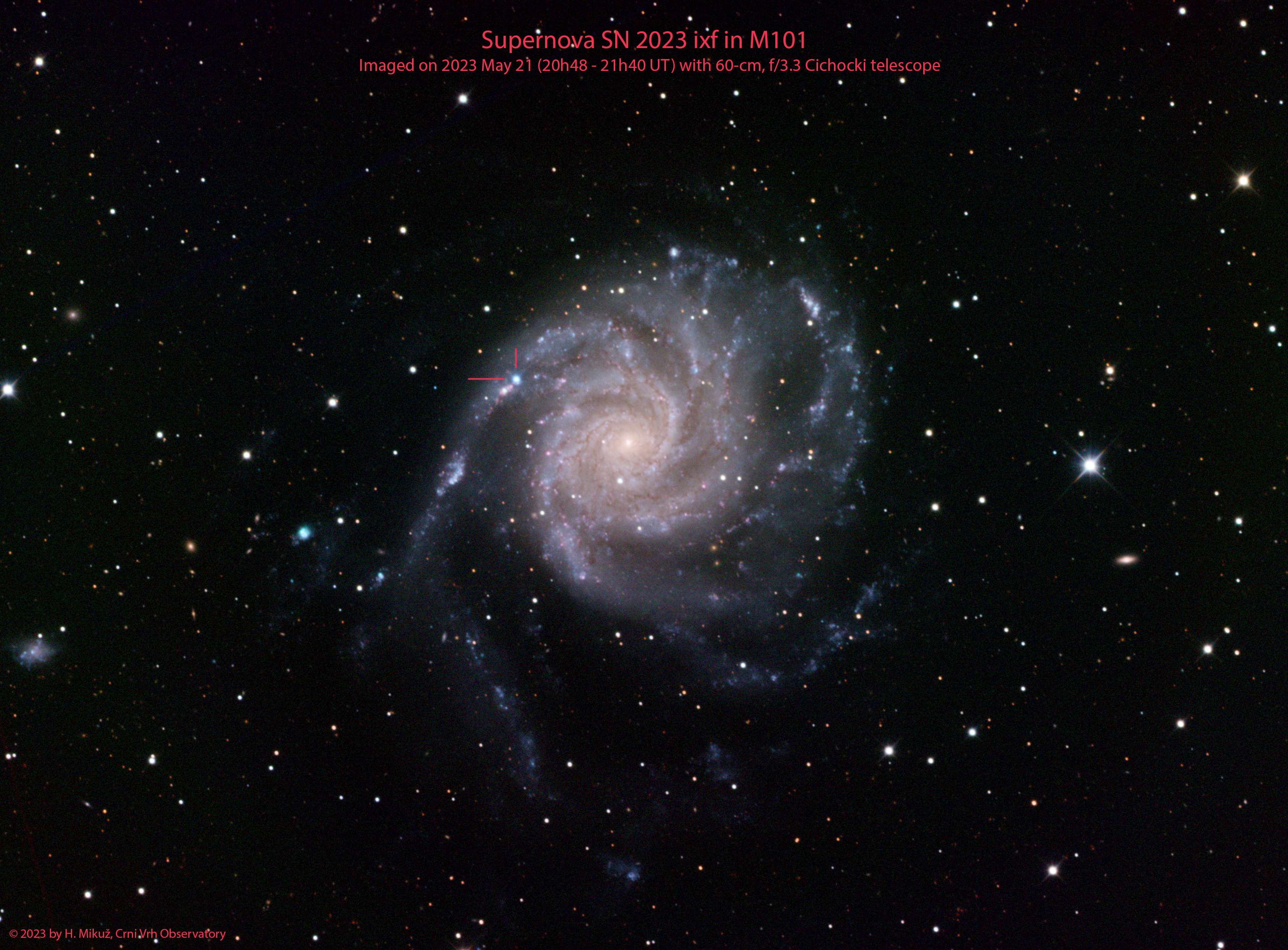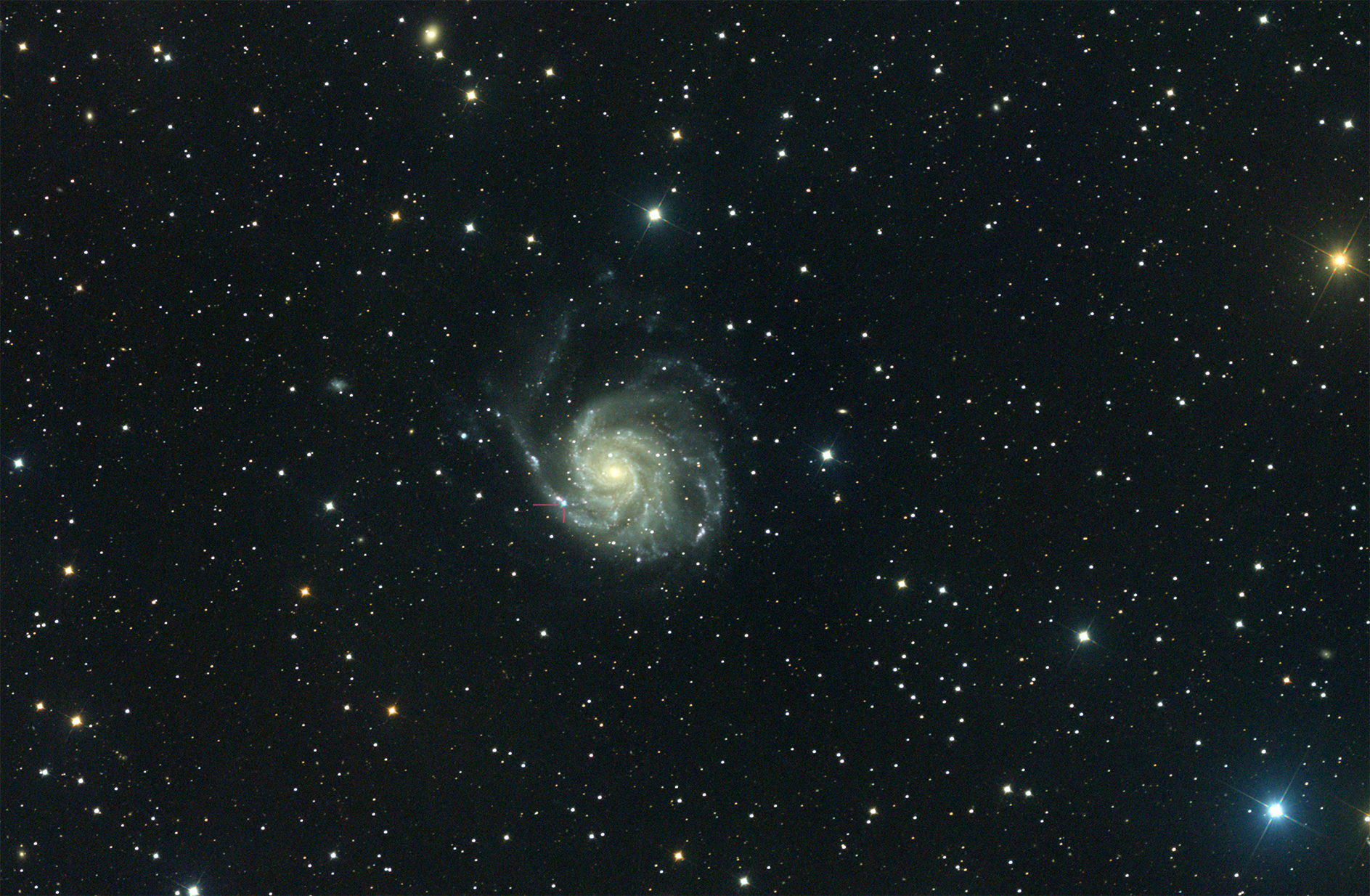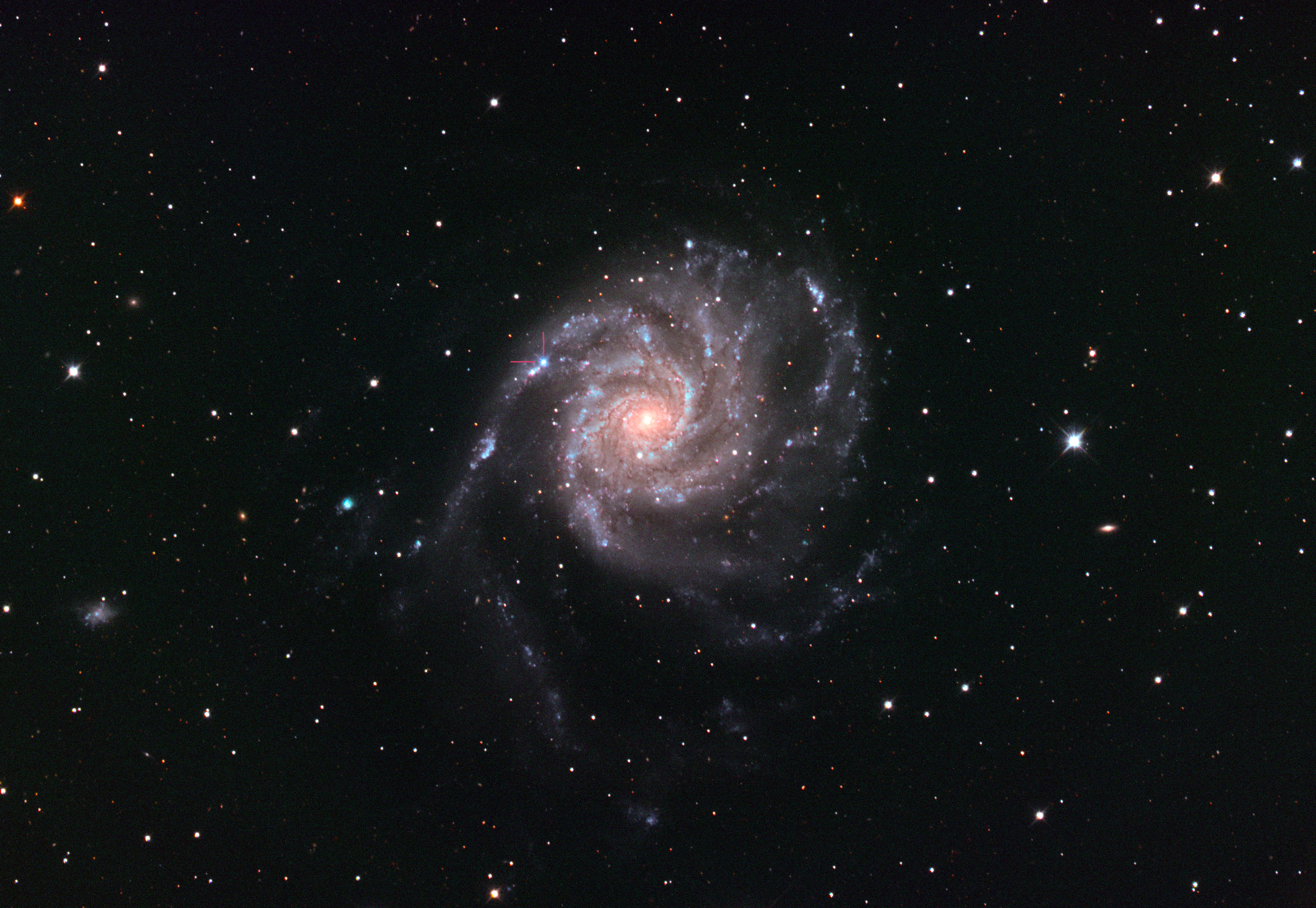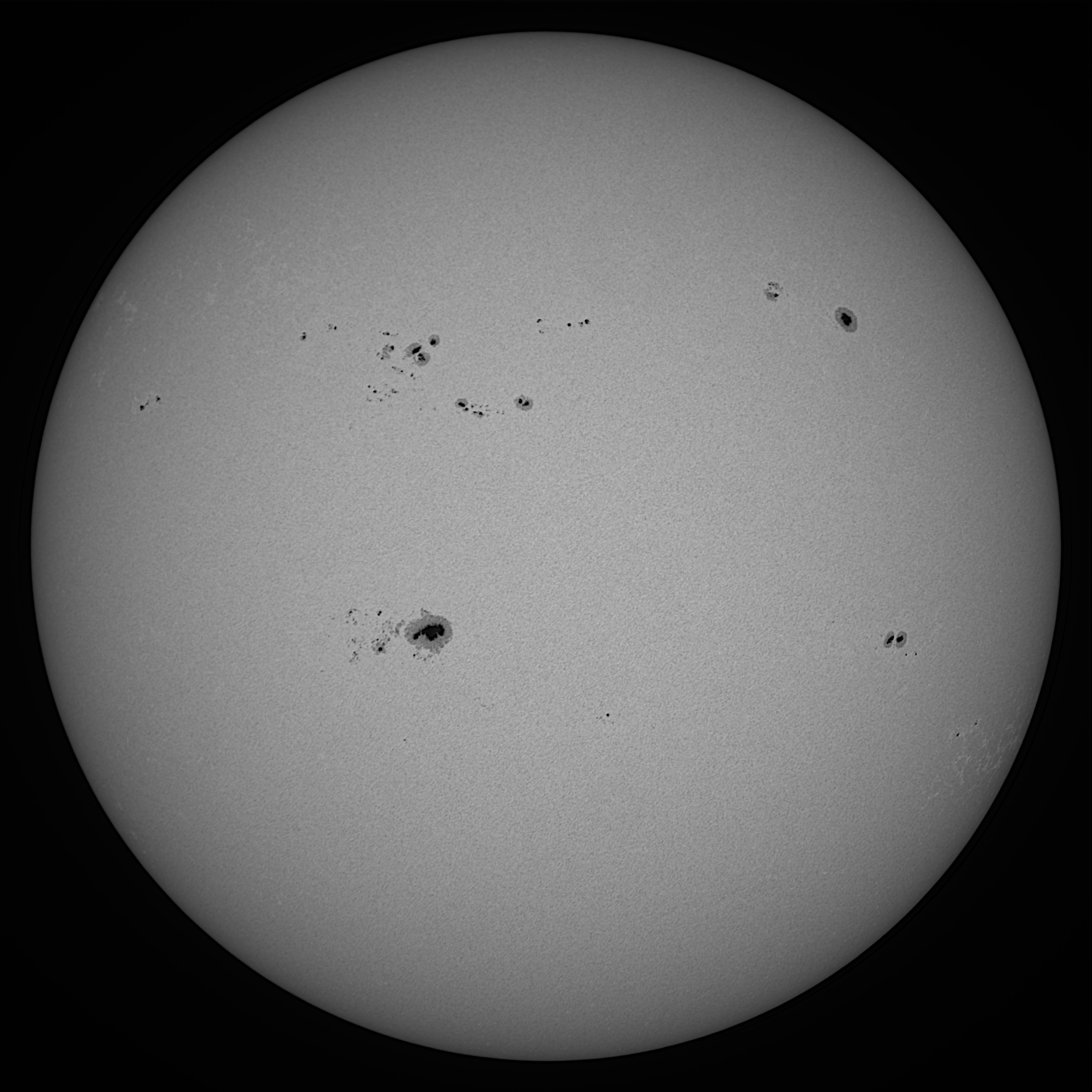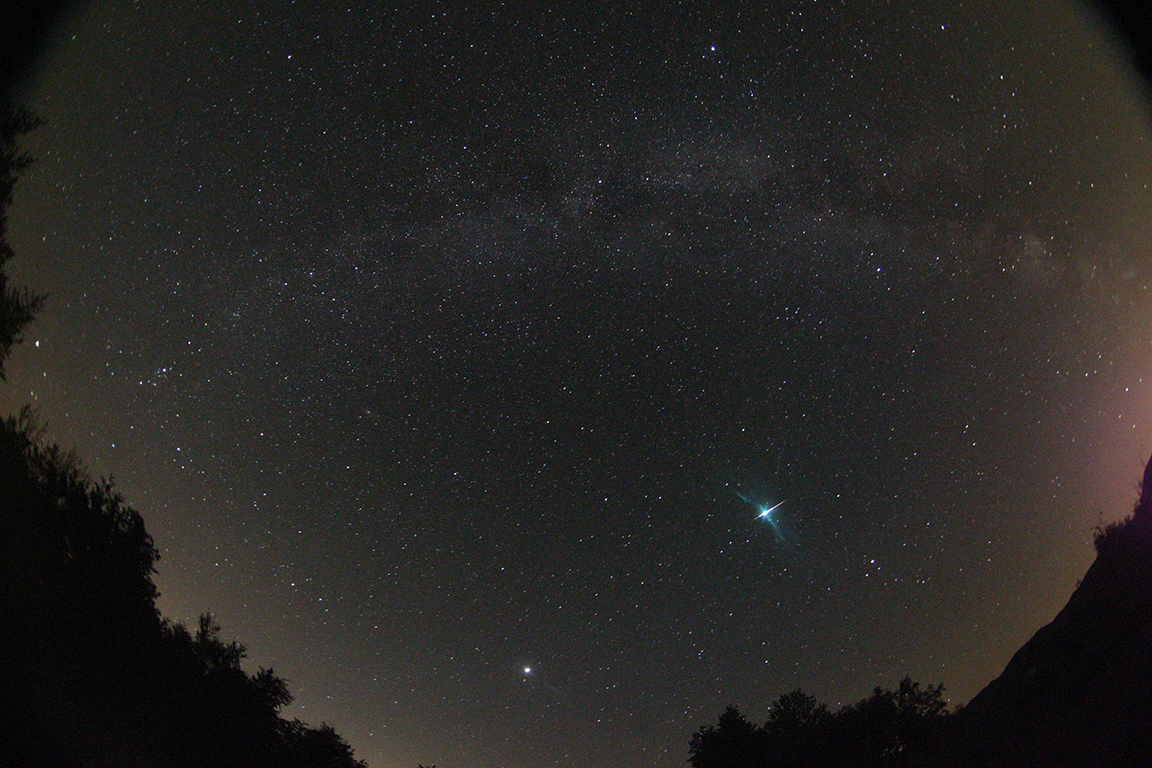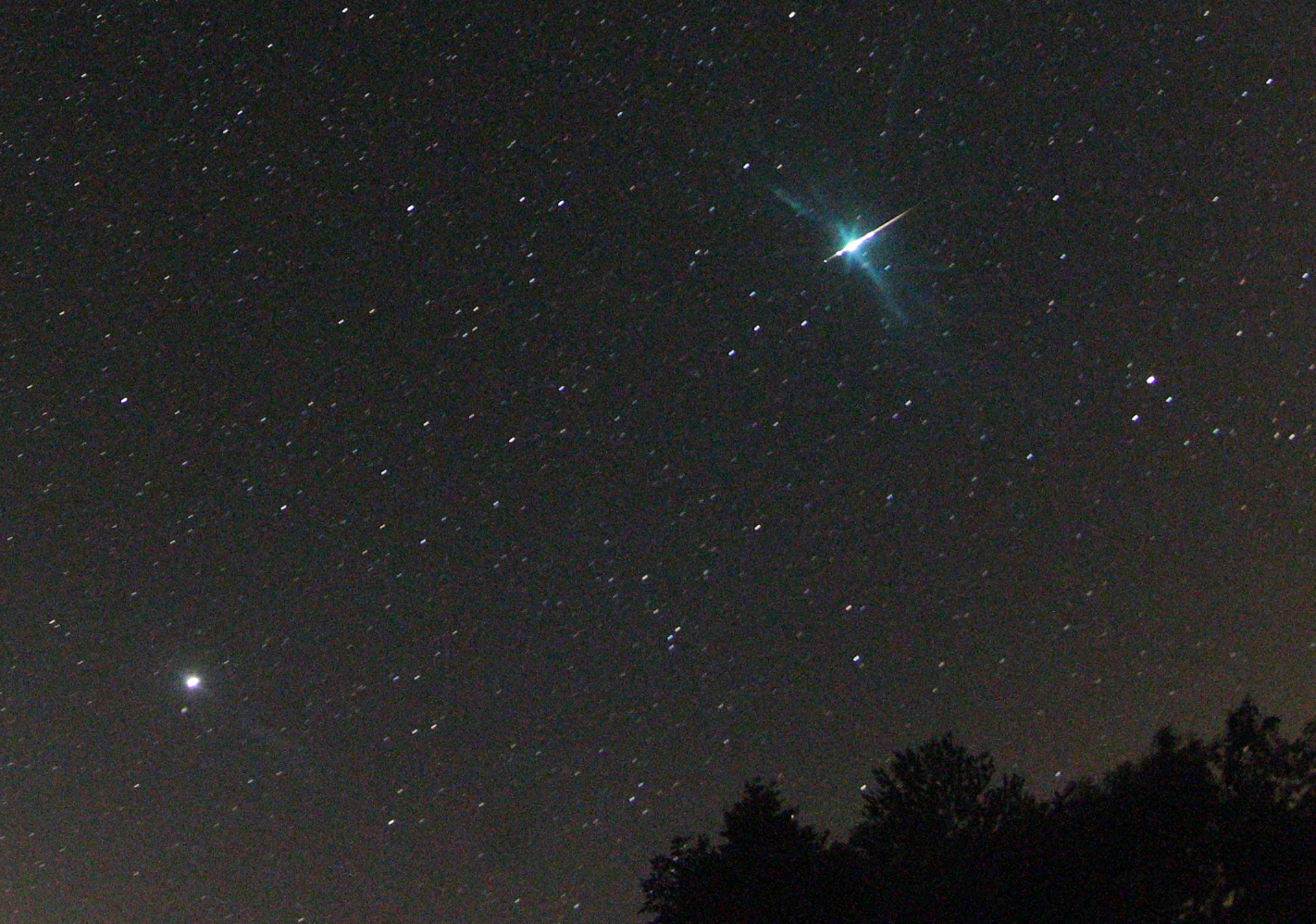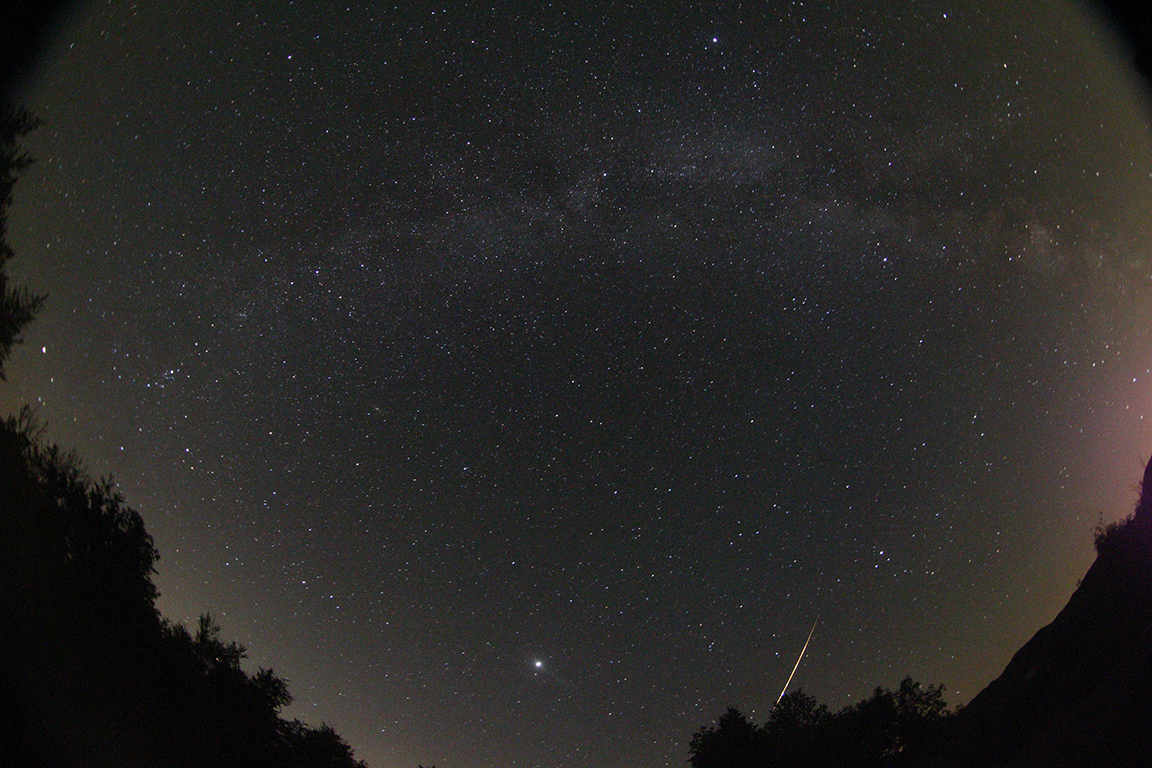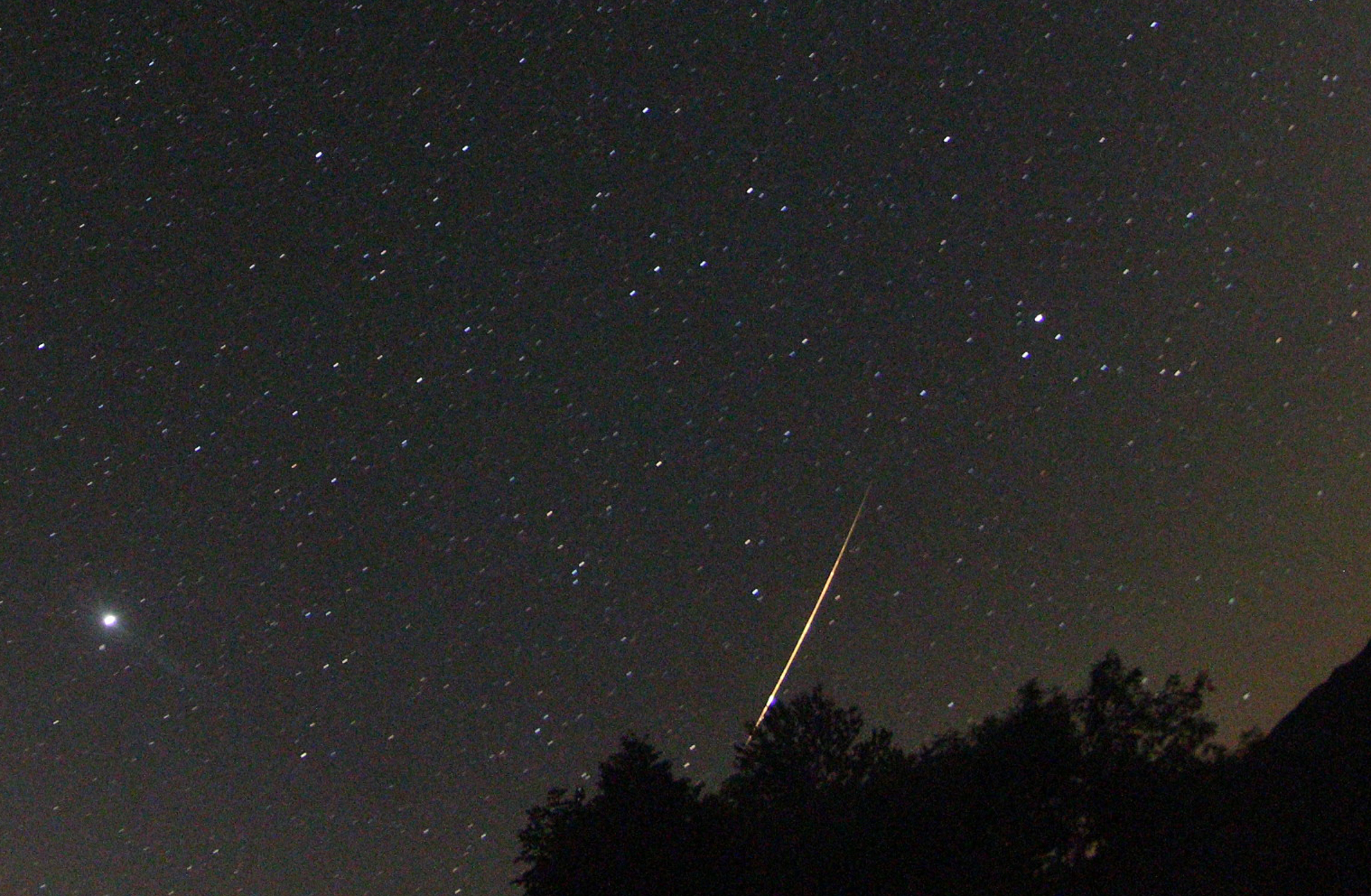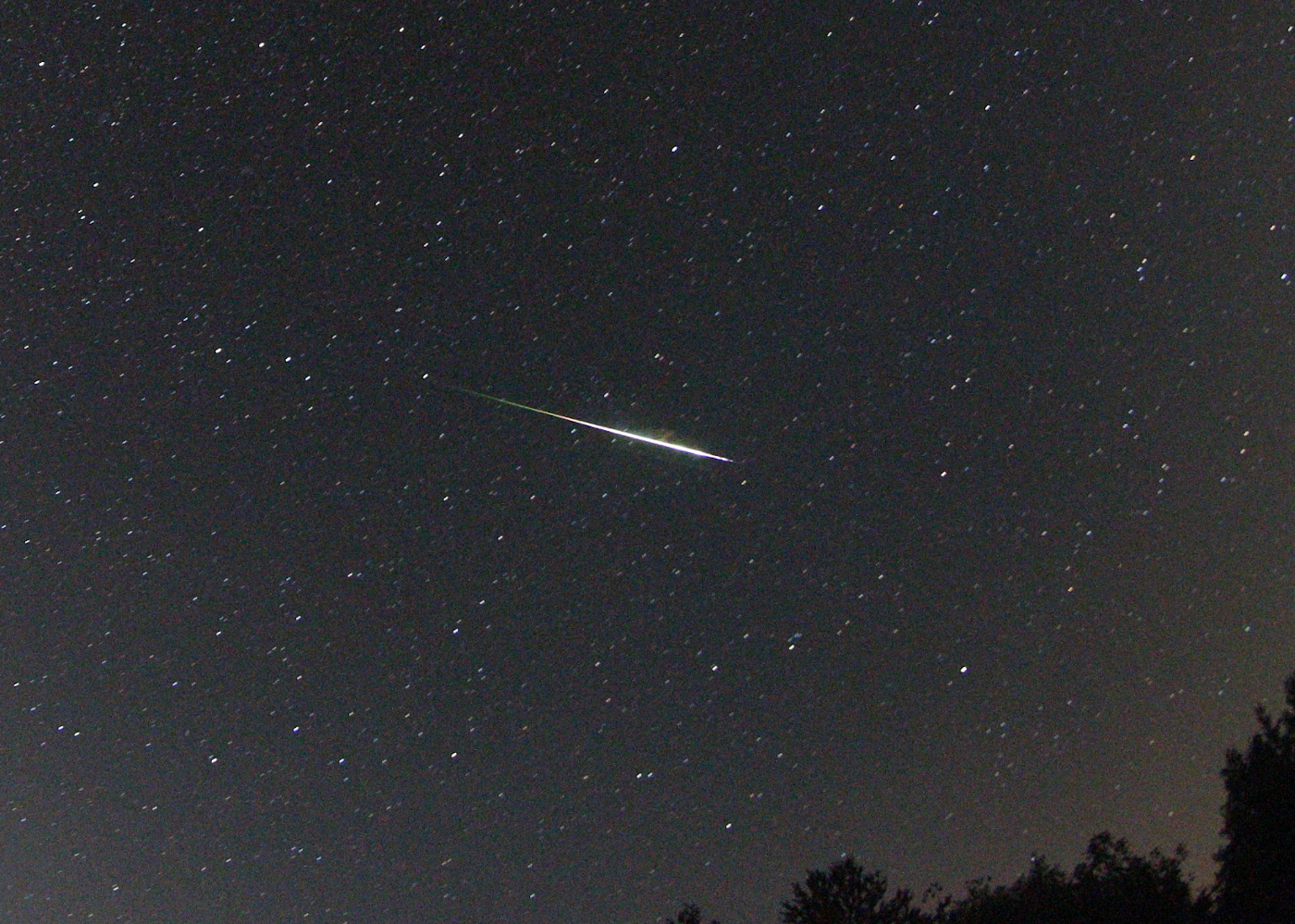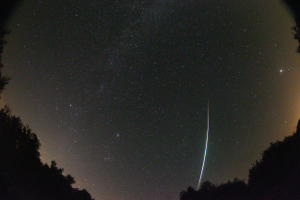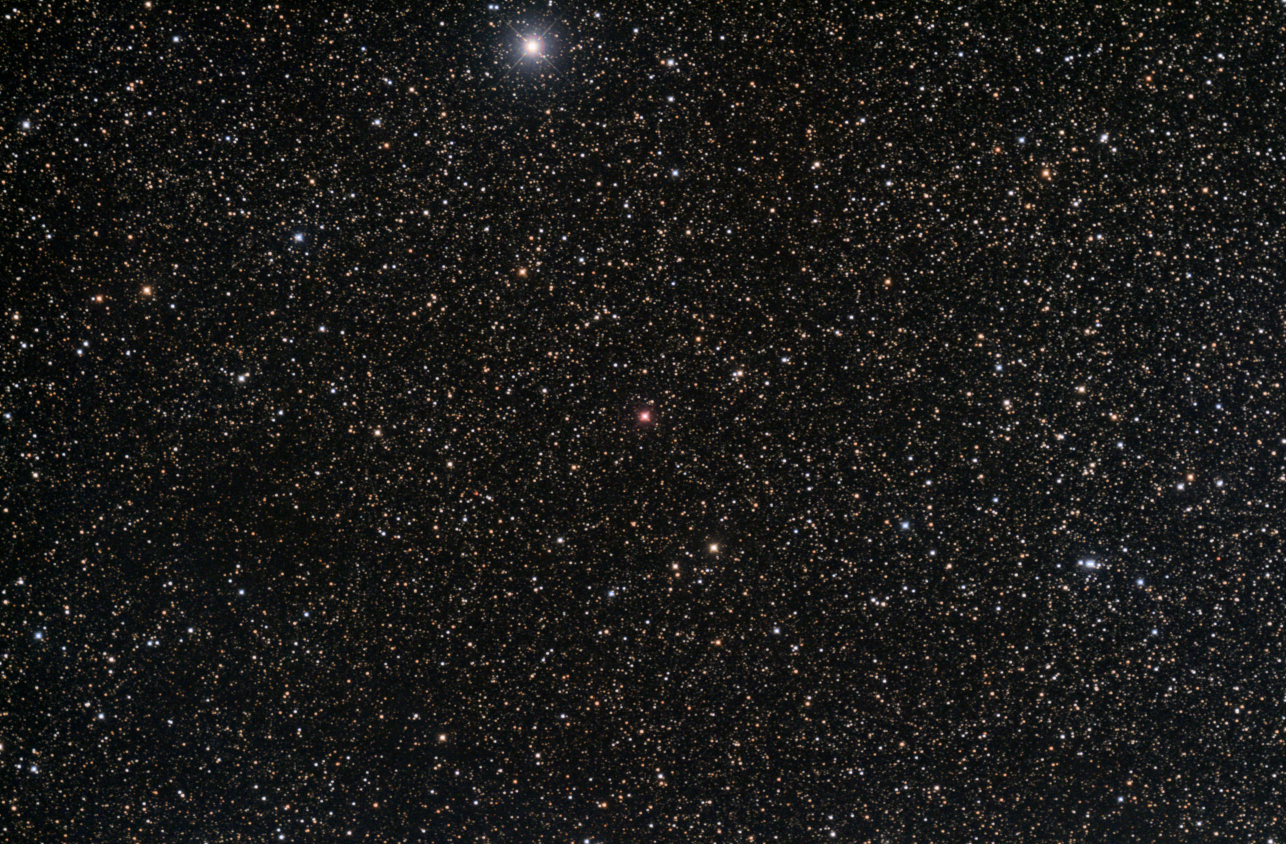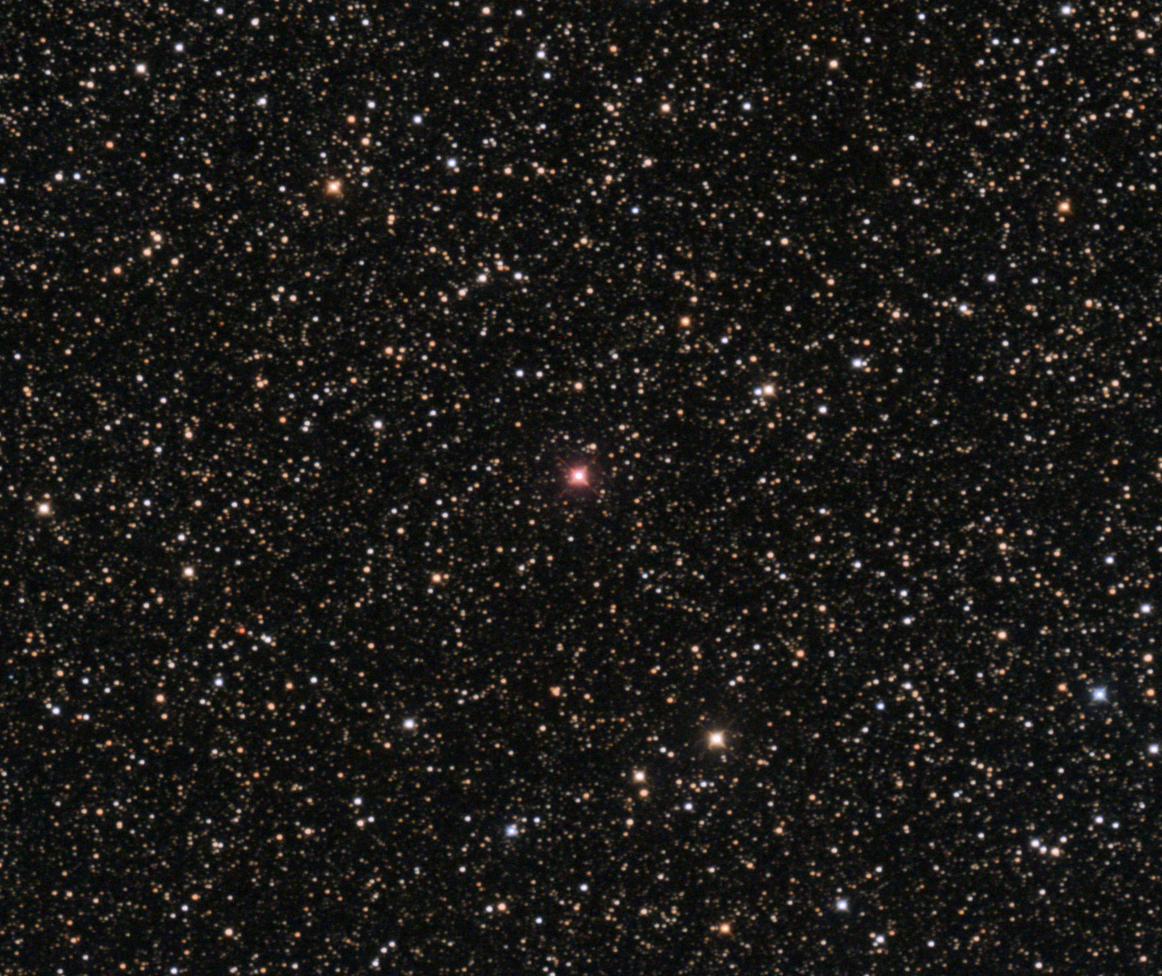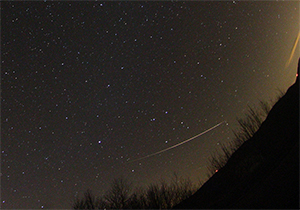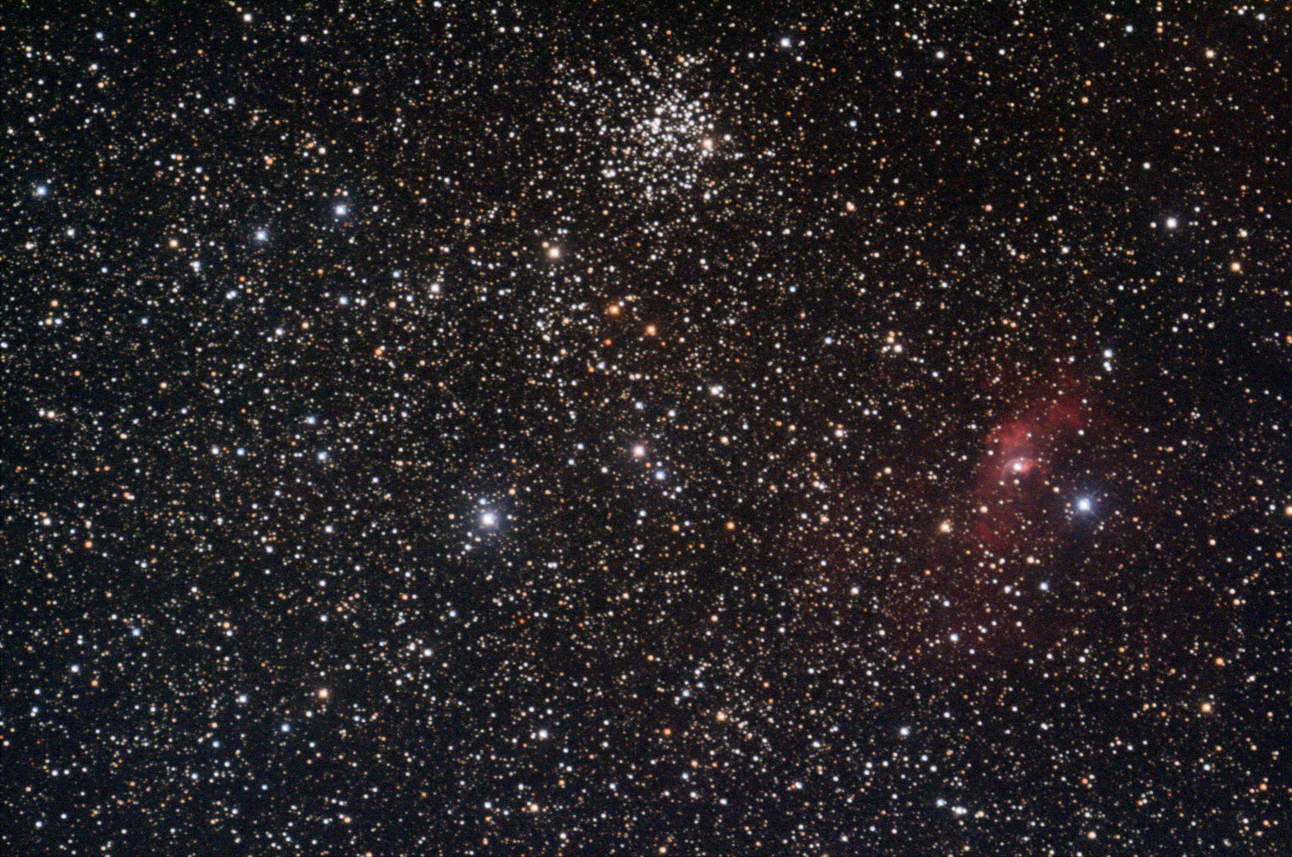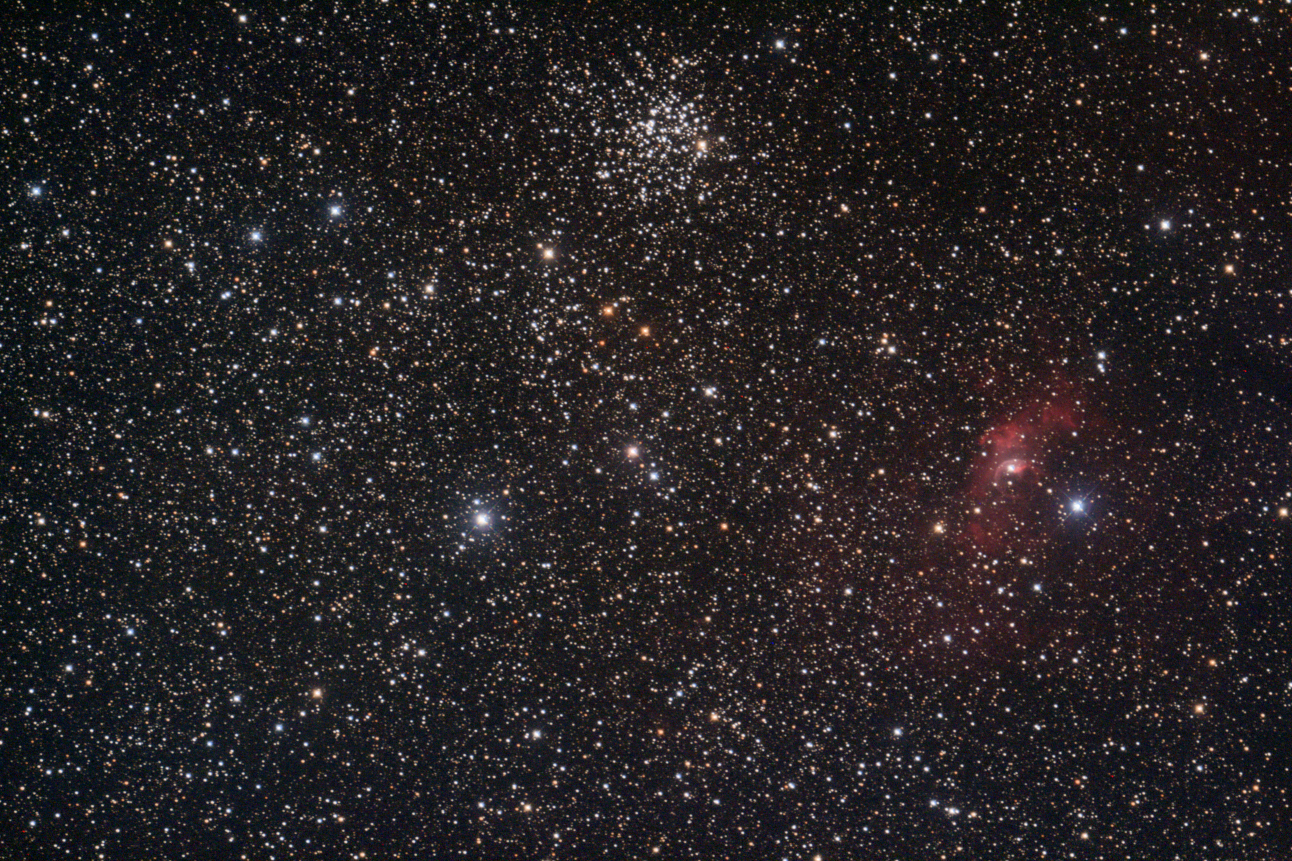Aurora Borealis over the Crni Vrh Observatory (November 12, 2025)
Sun unleashes strongest solar flare of 2025 from sunspot AR4274, peaking around Nov. 11 at 10:00 GMT.
That coronal mass ejection impacted the Earth and triggered auroras unusually far from Earth north and south poles.
Polar camera at Crni Vrh Observatory recorded a great display of nortehrn lights, starting on 12th November 2025
at 1:35 UT until dawn.
VIDEO
Aurora over the Crni Vrh Observatory
For enlarged view switch to YouTube
Fireball with afterglow (Nov 7, 2024)
Fireball with afterglow
Time-lapse animation from allsky camera
Fireball with afterglow (Nov 7, 2024)
Fireball with afterglow
Fireball with afterglow (Oct 31, 2024)
Fireball with afterglow
Time-lapse animation (by J. Vales). May not be opened in Firefox, but
with other browsers works fine.
Fireball with afterglow
Jupiter and Mars in Conjunction (Aug. 14, 2024)
Jupiter and Mars in Conjunction
Aurora over the Crni Vrh Observatory (May 10-11, 2024)
An incredible show of the aurora borealis over this part of Europe. Since I've been observing, I don't remember anything like this.
The storm raged through the night in 3 rounds, with the heaviest around midnight. Sun's huge Active Region 3664, produced a surface
explosion that sent a burst of electrons, protons, and more massive charged nuclei into the Solar System. On May 10, that coronal
mass ejection impacted the Earth and triggered auroras unusually far from Earth north and south poles.
VIDEO
Aurora over the Crni Vrh Observatory
For enlarged view switch to YouTube
VIDEO
Aurora over the Crni Vrh Observatory
For enlarged view switch to YouTube
Very bright fireball (magnitude about -15) (Dec. 19, 2023)
Fireball with afterglow
Partial Lunar Eclipse (Oct. 28, 2023)
Partial Lunar Eclipse on Oct. 28, 2023
Fireball with afterglow (Sep. 10, 2023)
Fireball with afterglow
Fireball with afterglow (July 15, 2023)
Fireball with afterglow
Time-lapse animation (by J. Vales). May not be opened in Firefox, but
with other browsers works fine.
Fireball with afterglow
Bright supernova exploded in galaxy M101 (May 21, 2023)
Supernova SN 2023ixf was discovered
by the Japanese supernova hunter Koichi Itagawa on 2023 May 19.7 UT, when the object
was at magnitude 14.9. As of May 21st, when a series of images were taken at �rni Vrh Observatory, it had raised to
about magnitude 11. Spectra indicate that SN 2023ixf is a Type II supernova � the catastrophic destruction of an
aging supergiant star.
The object is located 227.7" east and 134.1" south of the galaxy's center at RA 14h 03m 38.6s Dec. +54o 18' 42".
M101 lies approximately 21 million light-years away, making this one of the closest supernovae visible in recent years.
The last supernova observed in M101 was
SN 2011fe ,
discovered in August 2011 as the Type Ia object, reaching a peak magnitude of 9.9.
Supernova SN 2023ixf
Supernova SN 2023ixf
Supernova SN 2023ixf
High sunspot activity during the current Solar Cycle 25 (Jan. 20, 2023)
Sunspot activity, 2023 Jan. 18
Fireball of August 4, 2022
Fireball of 2022 Aug. 4
Fireball of 2022 Aug. 4
Fireball of August 3, 2022
Fireball of 2022 Aug. 3
Fireball of 2022 Aug. 3
Fireball of September 2 with afterglow (Sep. 2, 2021)
Fireball of 2021 Sep. 2
Time-lapse animation (by J. Vales). May not be opened in Firefox, but
with other browsers works fine.
Fireball of 2021 Sep. 2
Fireball of August 14 (Aug. 14, 2021)
Fireball of 2021 Aug. 14
Nova Her 2021 = V1674 Her = TCP J18573095+1653396 (June 14, 2021)
Nova Her 2021 = V1674 Her was initially discovered on 2021 Jun 12.537 UT by Seiji Ueda
(TCP J18573095+1653396 ),
(CBET 4976), though data from the All-Sky Automated Survey for Supernovae (ASAS-SN) revealed an earlier detection, on June 12.1903 UT (ATel #14710). Munari, Valisa and
Dallaporta spectroscopically classified the new source as a nova close to naked-eye brightness (ATel #14704), while Wagner et al.
(ATel #14746) determined it to be a neon nova.
Nova Herculis 2021 = V1674 Her o x 1.1o . Image scale is 4.7 arc sec/pixel.
Copyright © 2021 H. Mikuz, Crni Vrh Observatory.
Nova Herculis 2021 = V1674 Her
Fireball with afterglow (April 3, 2021)
Fireball of April 3, 2021
Time-lapse animation .
Nova Cassiopeiae 2021 = V1405 Cassiopeiae = PNV J23244760+6111140 (March 22, 2021)
CBET 4945 report the discovery of apparent
nova by Yuji Nakamura (Mie, Japan) on 2021-03-18.4236 UT (mag 9.6) on four 15-s CCD frames (limiting mag 12.0), taken on Mar. 18.424 UT with a
135-mm-f.l. f/4.0 lens. The new variable was posted on the Central Bureau's TOCP webpage under the designation
PNV J23244760+6111140 .
Nova Cassiopeiae 2021 on Mar. 22
Nova Cassiopeiae 2021 on Mar. 24


